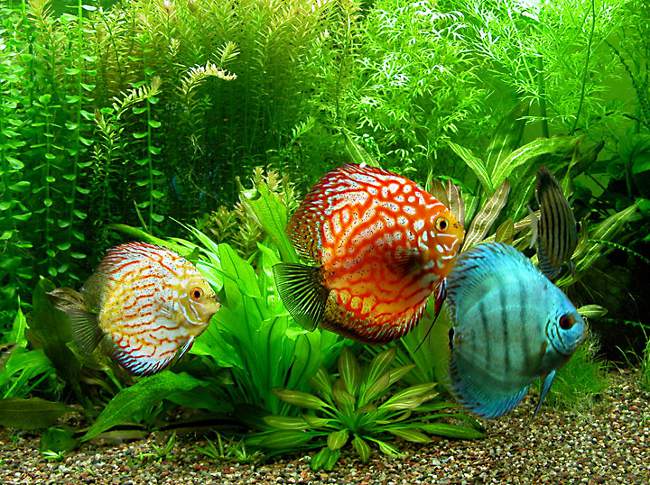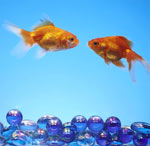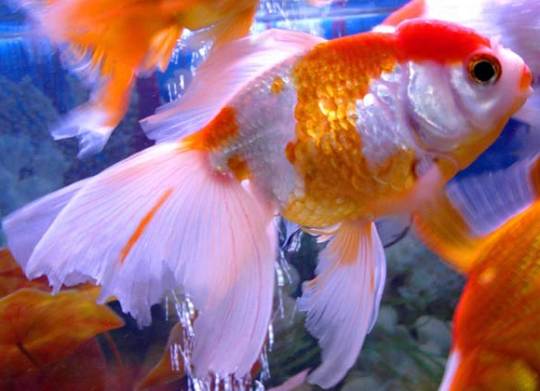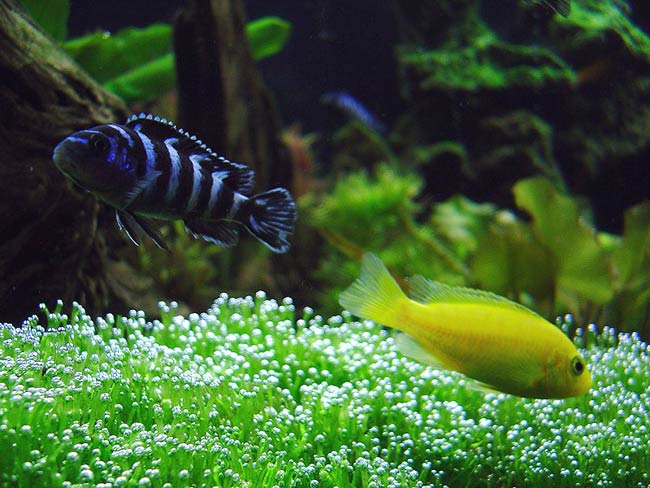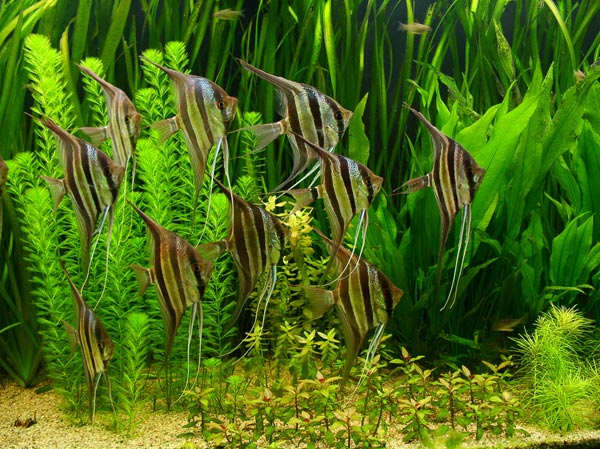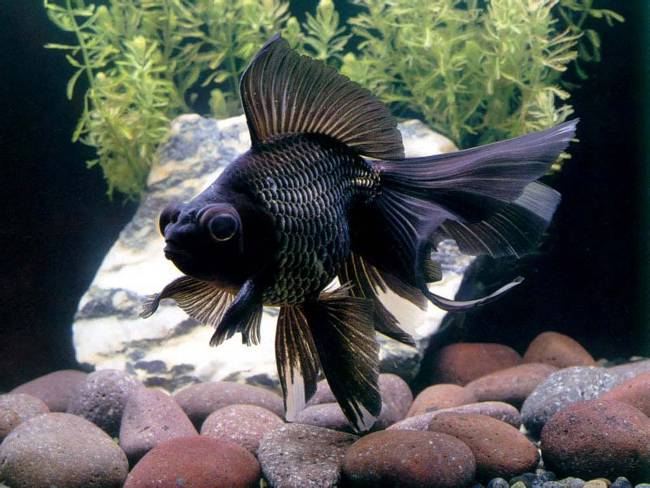"Manka" in fish: ichthyothyroidism
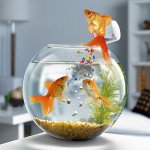
Sometimes aquarists notice on the bodies of fish white dots resembling semolina. These points are a sign of a dangerous disease ichthyothyroidism, which in the people was called "manga." Is it treated "Manga" in fish? What should I do if your fish get sick with ichthyothyroidism?
Ichthyophthyroidism is caused by parasites - ciliated infusoria of ichthyophthiria. Parasites feed on tissues of fish-carriers. The grains of "manga" on the body of the fish are pustules (dermoid tubercles) in which the parasite is located. Within a few days, the tubercles reach almost 1 mm in diameter, after which the infusoria separates from the fish and forms the so-called reproduction cyst. Under favorable conditions, several hundred new infusoria appear from the cyst in a few hours, which affect other fish.
"Manka" in fish is dangerous because it quickly spreads from one aquarium fish to another, so if you do not take action, you canlose all the inhabitants of your aquarium. Usually infusorians enter the aquarium with new fish, which were not previously quarantined, or with live food caught independently in a natural body of water. Quarantine, by the way, does not always help, because the infection can not manifest until two months.
With ichthyothyroidism, it is very difficult to fight if itsrun: not only does the infusorian-ichthyophthirius become more and more, but also a secondary bacterial or fungal infection is often added to the primary infection. Therefore, you need to carefully monitor the status of your fish and Take action as soon as you notice the first grains of "manki", without waiting for the fish to cover it completely.
Sick fishes may start behaving atypically: rub against the soil and plants, pressfins, refuse to eat, become fearful. If the fish are covered with very fine grayish grains (like sand) and have retained their appetite, then this is not ichthyothyroidism, but an odinosis, which is treated quite differently.
How is the "manga" treated in fish treated? The traditional way is to raise the temperature to 28-32 degrees and add to the water table salt to a concentration of 2 g of salt per 1 liter of water (this is 1 tbsp. 10 liters). It is necessary to maintain such a regime for about a week. But this method works only if the fish are infected with "domestic" ichthyophthirius. Tropical varieties of infusoria can feel great in water of such temperature and salinity, and if you add more salt to the water or raise the temperature even higher, the fish may not bear it.
Also, "manga" in fish is treated with certain chemicals. These include malachite green, formalin, manganese, copper sulfate. The disadvantage of this method of treatment is that The above substances can damage plants and kill other aquarium inhabitants (snails, shrimps). Before using these tools, be sure to remove the charcoal from the filters.
The most effective of these substances is the malachite green. Its concentration should be 0.09 mg / l. Some fish (for example, Labeo and Botsia) are very sensitive to it, so the concentration for their treatment should be less - 0.04-0.06 mg / l. Malachite green should be added to the water until the "manga" of the fish finally passes, and a couple of days after that, to kill all the cysts. Before each application it is necessary to change at least a quarter of the volume of water in the aquarium.
Note that malachite green is a dangerous substance. Work with concentrated powder in a mask and gloves, and Pregnant women to deal with this chemical are strictly prohibited. Measure the dosage of malachite greenery very precisely, because an overdose will kill the fish.
Therefore, it is best to treat ichthyothyroidism to buy a ready-made brand drug based on malachite green. It is less toxic, and the effectiveness of malachiteGreenery is enhanced by the addition of additional components. Add the medicine to the water strictly according to the instructions, in case of an overdose, you must quickly replace at least a third of the water in the aquarium.
Ichthyophthyriosis is a very common disease of aquarium fish. "Manka" in fish often leads to their death, so the earlier you start treatment, the more likely that your fish will survive.
